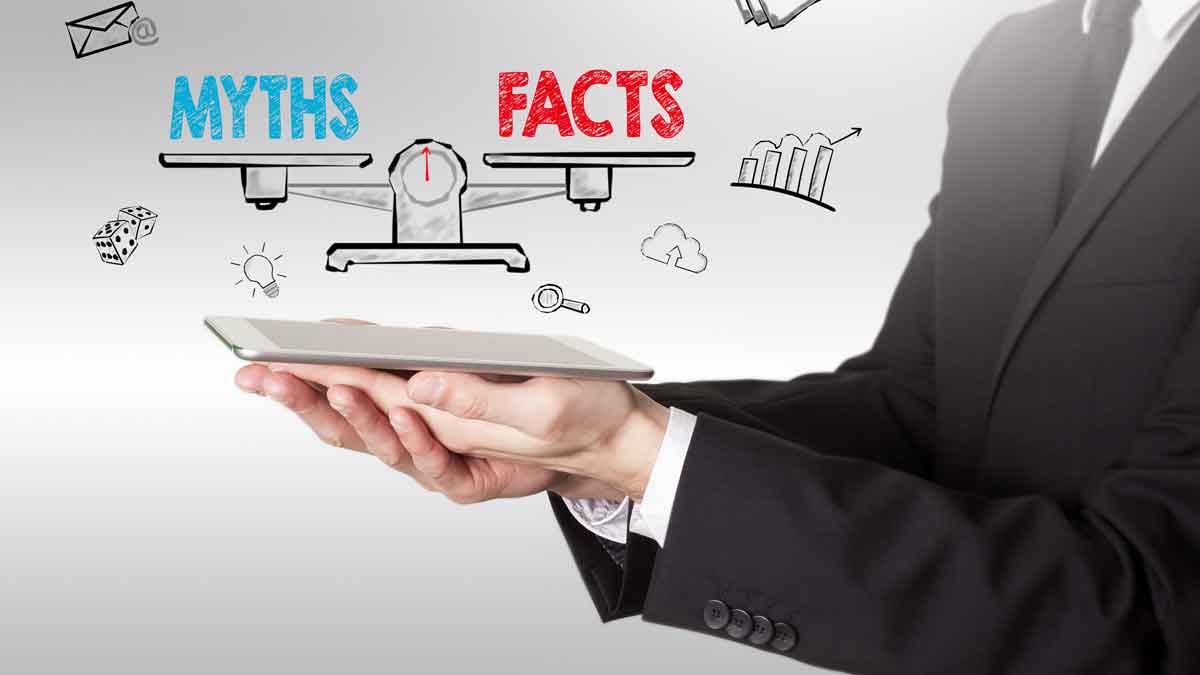This is what product developers call the Ansoff Matrix quadrant where you pursue an unfamiliar market with unfamiliar technology. A great place to kill your career. But you can enter it with confidence when you apply new methods for de-risking transformational projects… moving from uncertainty to certainty to defuse potential “landmines.”
More in article, De-Risking Innovation: How to Thrive in the Suicide Quadrant
Which business leaders do you admire… Henry Ford… Jeff Bezos… Elon Musk… Steve Jobs? Why do you admire them? Because they were great at slashing budgets, running financial review meetings, or giving quarterly EPS guidance? Here’s the irony: Many business leaders behave quite differently than those they admire.
More from in article, How to become a great business leader
The #1 culprit for wrong facts is the untested assumption. Someone thinks the customer would like this or that, and the assumption morphs into a “fact” over time. A missing fact occurs when an important question is not answered. The overwhelming reason is… it’s never asked. With proper B2B customer interviews, you can avoid most wrong and missing facts.
More in article, Should Your Stage-Gate® Get a No-Go?
In the front end of innovation, though, there are just two ways to fail. An error omission is failing to uncover an unarticulated customer need. An error of commission is choosing the wrong customer need to work on. Funny thing about errors of omission: No one knows you erred… until a competitor launches a blockbuster product.
More in white paper, Guessing at Customer Needs (page 5).
A new product development process with stages and gates provides helpful discipline. But most suffer from two limitations: 1) Internal focus… talking to ourselves instead of customers. 2) Analytical thinking… promoting a checklist mentality. You also need discovery thinking, with a focus on learning. Unlike analytical thinking, this is fragile and must be nurtured.
More in article, Should Your Stage-Gate® Get a No-Go?
Some firms exhibit “Brownian motion,” with initiatives flying in all directions. In others, ideas are vigorously debated… in action-free zones. In other cases, action begins but quickly fades, leaving employees wondering what next year’s program will be. In the saddest situations, long-term initiatives live only in the investor relations department’s PowerPoint® slides.
More in article, Build Growth Muscles at Your Company
In both cases models are used to predict future behavior. Barometric pressure and other data are the “raw material” for weather models. For you, it’s quantitatively measuring key customer outcomes in the front-end of innovation. Your model lets you replicate the customer experience… so you can know with confidence how they’ll react to any of your product designs.
More in article, How to model customer needs (Originally published in B2B Organic Growth newsletter).






